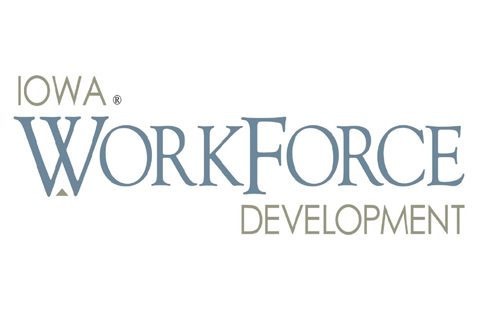DES MOINES — Iowa’s seasonally adjusted unemployment rate was 2.8 percent in July, unchanged since April and 0.2 percent lower than one year ago. The state’s labor force participation rate fell to 66.4 percent from 66.5 percent in June, with a majority of those leaving the workforce doing so because of retirement. Meanwhile, the U.S. unemployment rate increased to 4.3 percent in July.
“July’s report provides evidence of a tightening national economy, consistent with what we are seeing across the country,” said Beth Townsend, Executive Director of Iowa Workforce Development. “Some industries, such as advanced manufacturing, have been under pressure for some time, and the impacts of that are beginning to appear in July’s data. However, Iowa’s employers continue to hire, and there are more than 56,000 open jobs available at IowaWORKS.gov. Additionally, our Reemployment Case Management program continues to help Iowans displaced by layoffs and closures find new opportunities and careers.”
The number of unemployed Iowans increased to 47,600 in July from 46,600 in June.
The total number of working Iowans fell to 1,638,000 in July. This figure is 3,600 lower than June and 21,200 lower than one year ago.
Seasonally Adjusted Nonfarm Employment
Businesses in the state of Iowa shed 1,500 jobs in July, lowering total nonfarm employment to 1,608,700. This loss follows a minor gain in June (+500) and is the third decline in the last four months following a recent high in March. Private industries shed 1,000 jobs, with losses heaviest in goods-producing industries. Government pared 500 jobs with losses at the local level. Overall, total nonfarm employment has gained 19,200 jobs over the past year.
Professional and business services shed 1,000 jobs in July to lead all sectors. Most of the jobs shed were within administrative support and waste management industries, although professional and scientific services also trended down. Like total nonfarm employment, this sector has also trended down from a recent peak in March. Manufacturing shed 800 jobs in July. Layoffs within animal slaughtering and processing more than offset gains in durable goods factories. Smaller losses include trade, transportation, and warehousing, which lost 500 jobs since June. Construction posted the only other major loss in July (-400) and has shed 3,100 jobs since March. As for job gains, education and health care added the most jobs (+700). Nursing and residential care facilities fueled most of the gain this month. Leisure and hospitality added 500 jobs with arts, entertainment, and recreation adding all the jobs. Accommodations and eating and drinking establishments showed little movement since June.
Over the past 12 months, education and health services has added the most jobs (+10,000). Health care and social assistance accounted for most of the increase with 6,500 jobs. Leisure and hospitality is also firmly ahead of last year’s mark (+5,300). Accommodations and food services fueled all the increase over the past 12 months. Smaller annual gains include professional and business services (+2,500) and construction (+2,300). Alternatively, those sectors losing jobs over the last year included trade, transportation, and warehousing (-1,800) and manufacturing (-1,500).




